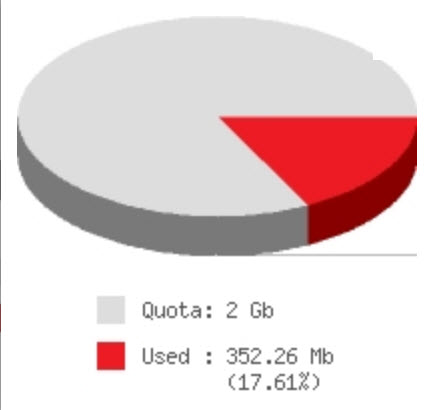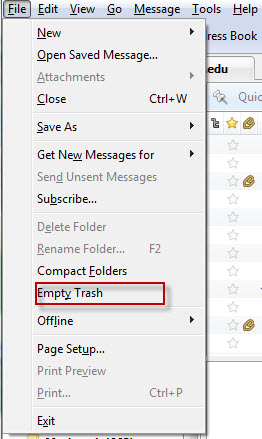The transition from Oracle Calendar (OCal) to Exchange calendar took place on August 6th. Exchange offers the potential for email service that is integrated with calendaring, and OIT is examining options for implementation of Exchange email.
Many faculty and staff currently use OIT Mailbox Services for email, which you may know as imap.uci.edu or webmail.uci.edu, and which you may access using Webmail or Thunderbird. Outlook Web Access (OWA) and Outlook are among the tools commonly used to access Exchange services.
We have developed a process for migrating email from OIT Mailbox Services, and we will be pilot testing the process soon. Considerable manpower is required for email migration; it could take a year or more to move everyone. We are assessing costs and alternate strategies.
One possibility for speeding the transition is to allow receiving and sending new email using Exchange, but to defer moving stored email. Users would continue to access pre-existing mail using Thunderbird or Webmail, or as secondary folders mapped to Outlook. OIT is conducting a second pilot for this model.
Finally, we are working on a pilot of Office 365 (Exchange in “the cloud”), and reviewing recharge rates for Exchange and related services.
We appreciate your patience while we continue planning efforts. Please share any thoughts you have on migration options with OIT Director Brian Buckler (bbuckler@uci.edu) or CIO Dana Roode (dana.roode@uci.edu). Please contact our help-desk (949-824-2222 or oit@uci.edu) for assistance with Exchange.





